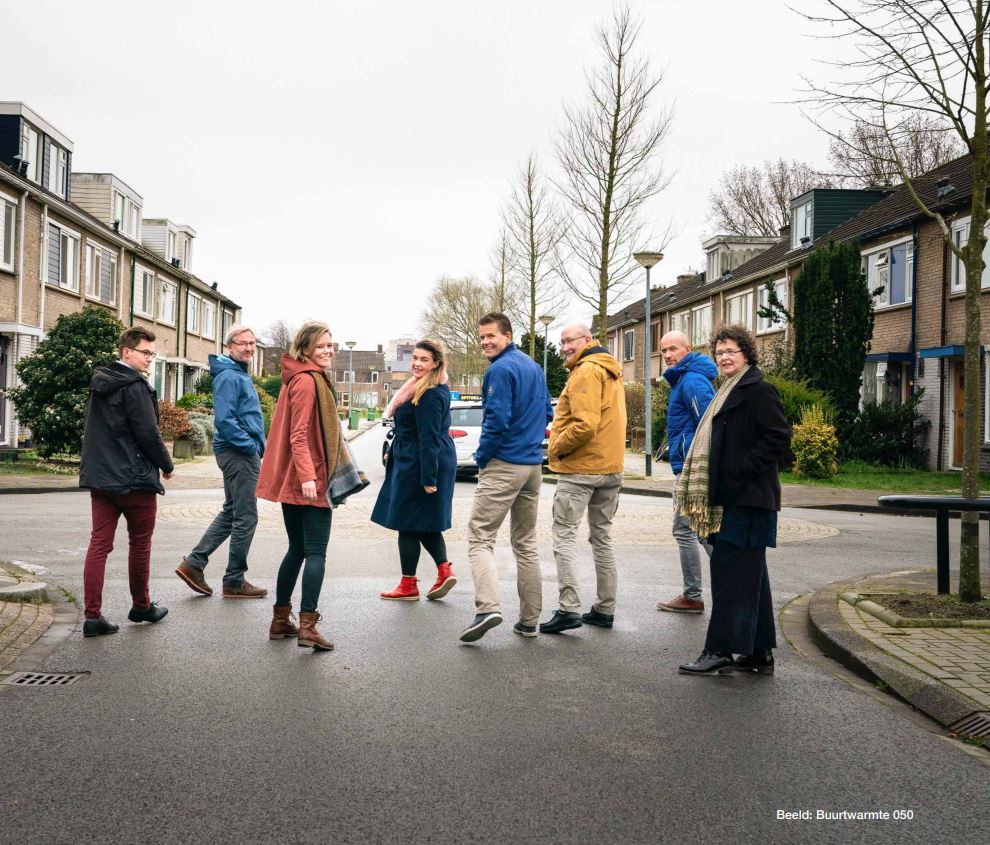The implementation of the climate agreement at the local level will be a challenging process in the coming years. What needs to contribute globally to reducing global warming, and is thus good for the collective, often clashes with what is considered locally desirable. Think of wind farms, biogas digesters, and solar parks.
Decentralized governments, together with the grid operator and other local stakeholders, including citizen energy communities, must give shape and substance to the spatial integration of renewable energy generation and the sustainability of the already established environment. This is being done, among other things, within the framework of the National Regional Energy Strategy Program (RES) and the National Environmental Vision (NOVI). European legislation and its Dutch implementation will also need to be taken into account.
With interdisciplinary practice-oriented research, we contribute to shaping the energy transition at local and/or regional level, and to the support and participation of all relevant stakeholders. This research is facilitated by, among other things, a living lab and EnergySense, a field laboratory where household energy consumption can be monitored and new products, services, and systems can be tested in real-life.
Ondersteuning en evaluatie van burgerparticipatie bij lokale energie-initiatieven.
De bevordering van natuurinclusief gedrag van burgers door belemmeringen in kaart te brengen en handvatten voor gedragsverandering te bieden
